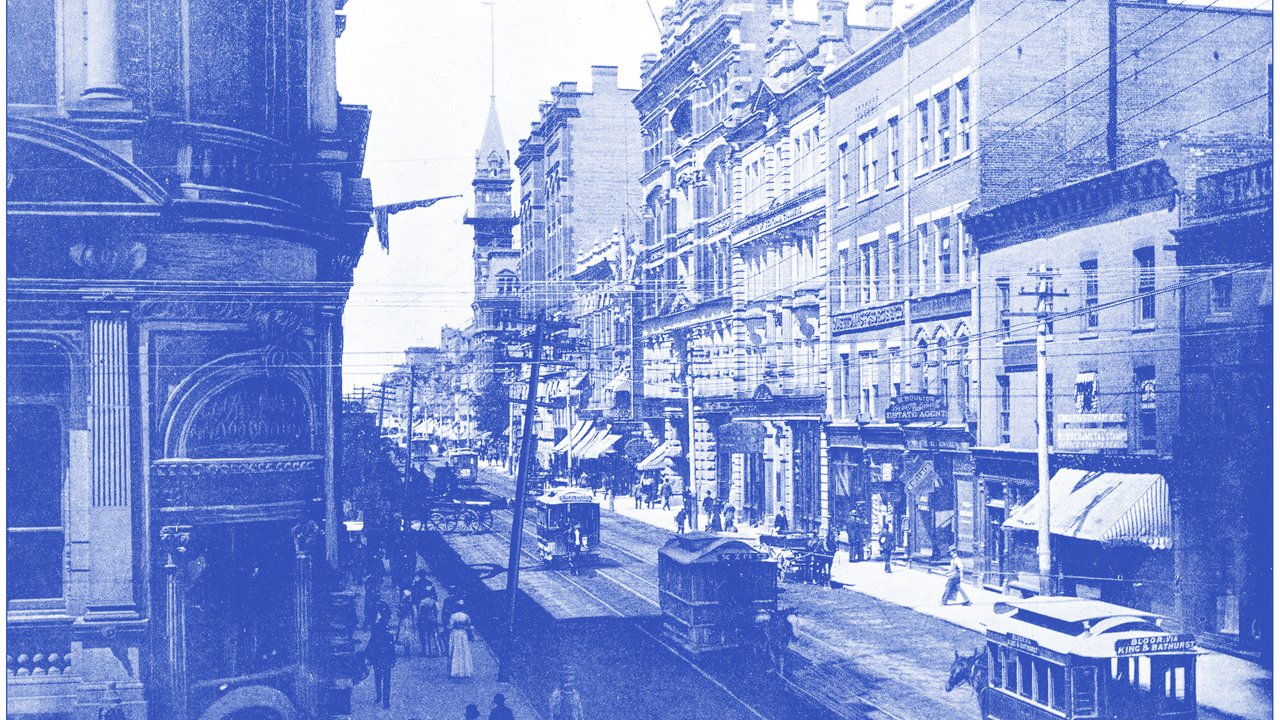
Understanding the risks behind the steam
Boilers are vessels containing water and steam under tremendous pressure to generate heat, hot water, and power. If accidents happen, the consequences can be catastrophic.
At HSB Canada, we understand the risks involved in operating pressure equipment, and we’ve spent over 150 years helping to prevent the types of accidents that once rocked communities across the country. Here are two striking examples1 from Canadian history that demonstrate the real danger of boiler explosions.
The Bathurst Street explosion – Toronto, 1958

Just before 9 p.m. on June 9, 1958, a powerful explosion tore through a low-rise apartment building at 1600 Bathurst Street in Toronto. Authorities discovered that a coal-fired boiler in the building’s basement was the source.
The blast ripped open the south wall of the building, causing it to collapse. Without structural support, apartment floors gave way, and furniture and personal belongings were thrown into the alley below. The impact was so severe that it took emergency crews until nearly 2 a.m. to complete their search and secure the site.
One life was lost — the building’s caretaker — and one resident was hospitalized. The estimated property damage reached $100,000 (in 1958 Canadian dollars), with an additional $20,000 in destroyed contents. Eyewitness reports described a dramatic rescue scene under floodlights, with civil defense units, fire crews, and good samaritans providing help.2
The Forbo Arborite incident – Ontario, 1993

On May 26, 1993, a steam-injected boiler measuring 6 feet by 36 feet exploded at the Forbo Arborite facility. A leak had developed, and instead of calling a certified professional, an unqualified individual attempted a repair. The result: a devastating blast.
The explosion blew out the southwest wall of the building and propelled steel girders and building debris hundreds of metres into the surrounding area, damaging nearby structures. Seven people were injured. The only reason there were no fatalities? A group of five workers had stepped outside for a morning coffee break.
The shockwave was so intense that it threw people from the building into the parking lot. Experts believe that if the explosion had been less forceful, occupants would have likely been killed by impact with nearby walls or equipment.3
Engineering vigilance saves lives
While neither incident involved HSB Canada as the insurer, these real-life events underscore the importance of qualified inspections, proper maintenance, and risk awareness. Fortunately, incidents like these are rare — but they are preventable.
At HSB Canada, our engineering-first approach and dedication to risk mitigation continue to protect businesses and communities across the country. Explore more of our history and how 150 years of engineering expertise have shaped our commitment to safety. Visit our 150th anniversary page to learn more.
Interested in learning more about the history of HSB Canada?
Related Content
properties.trackTitle
properties.trackSubtitle
